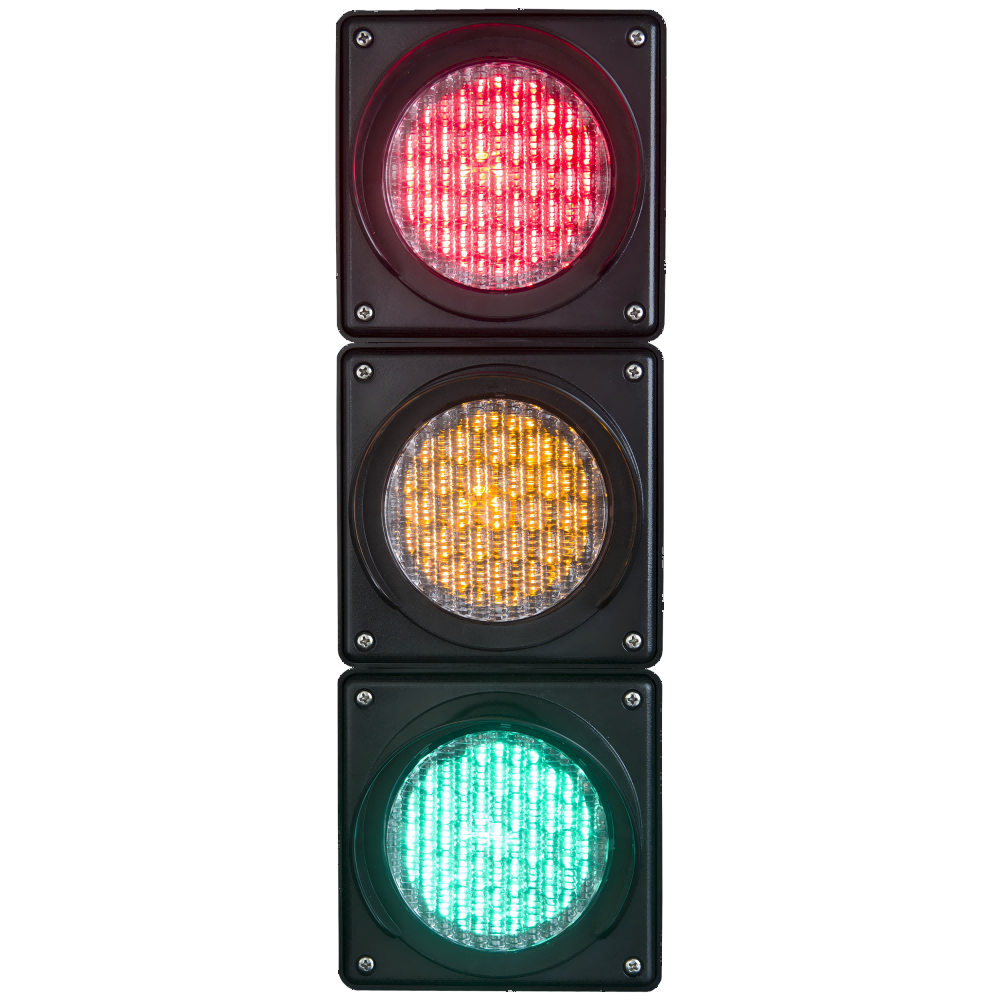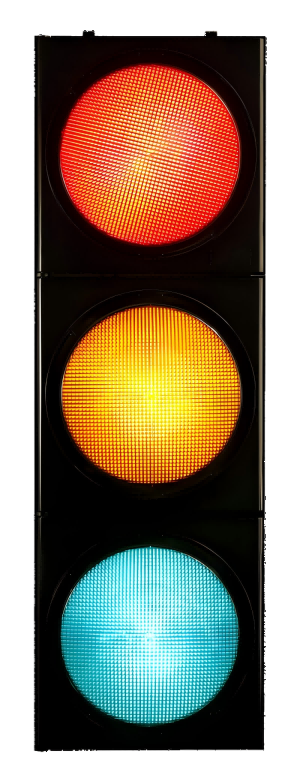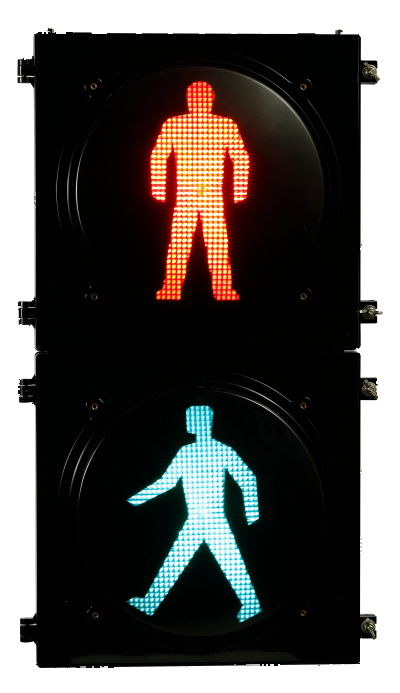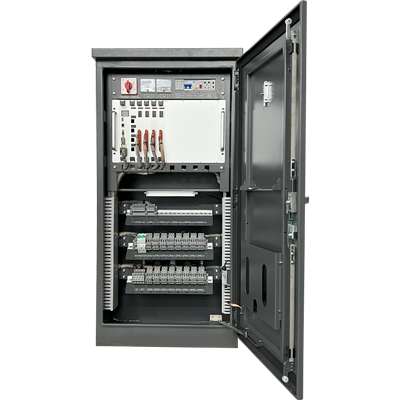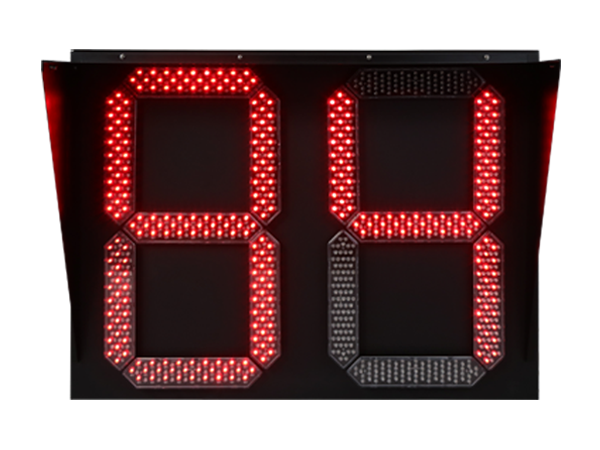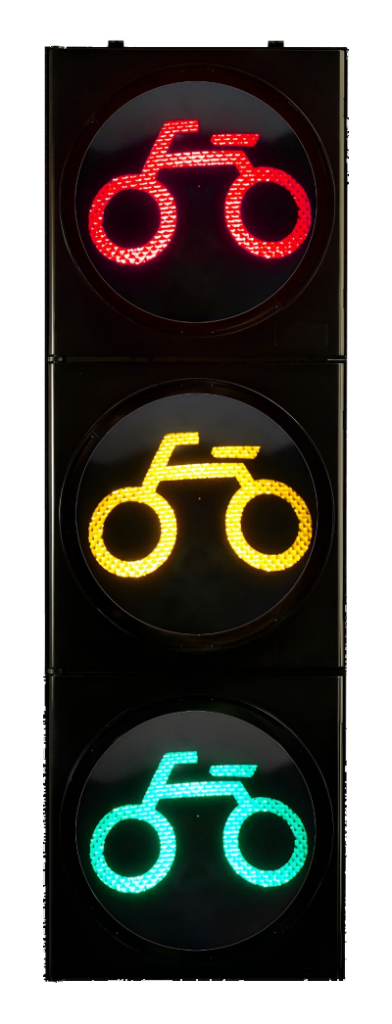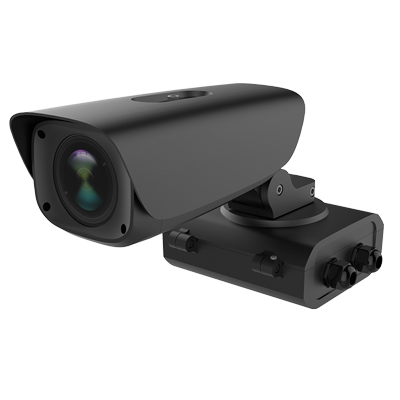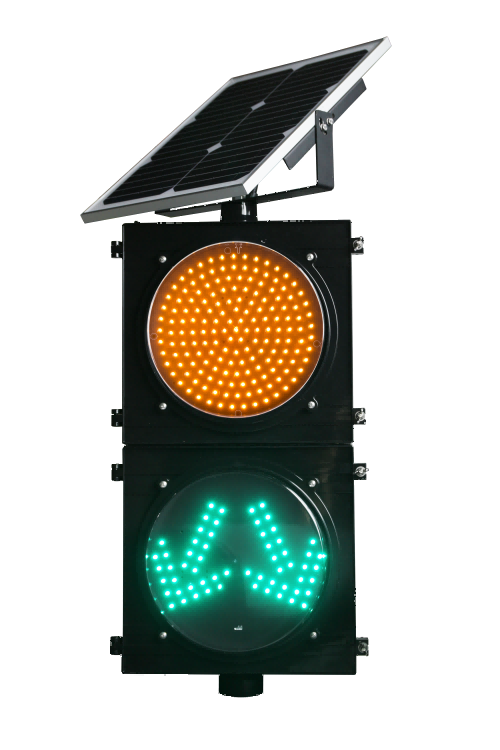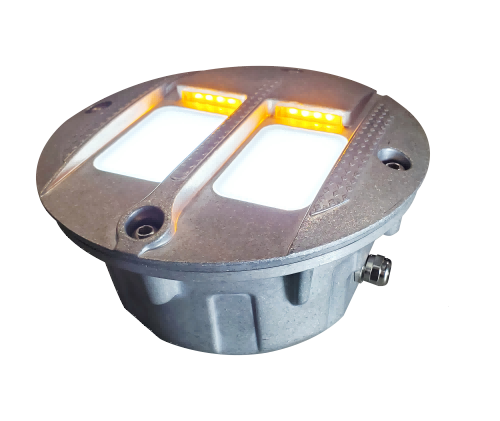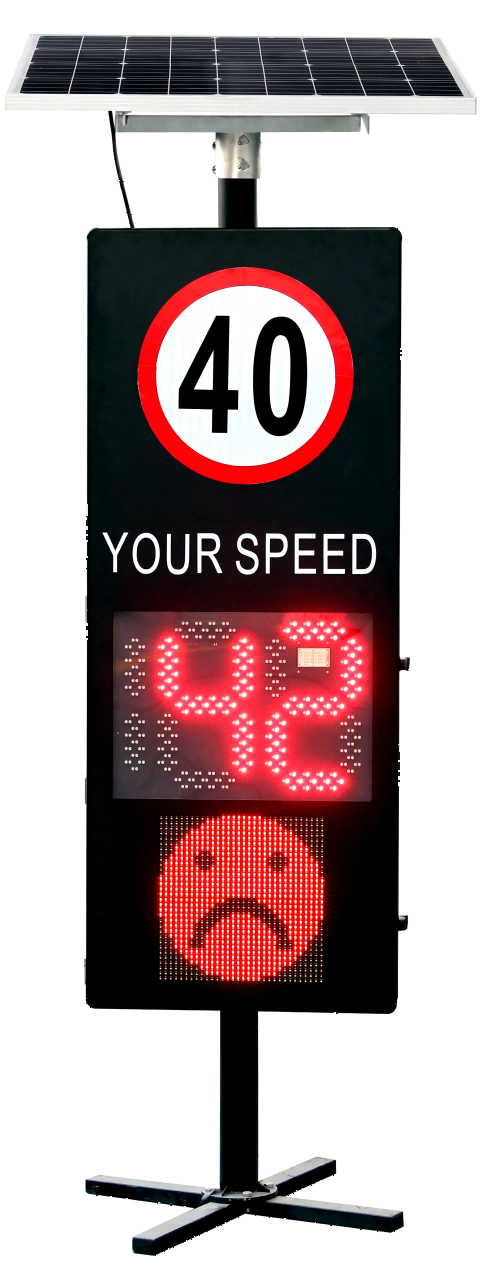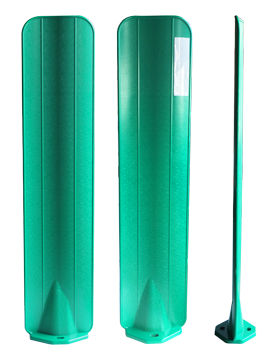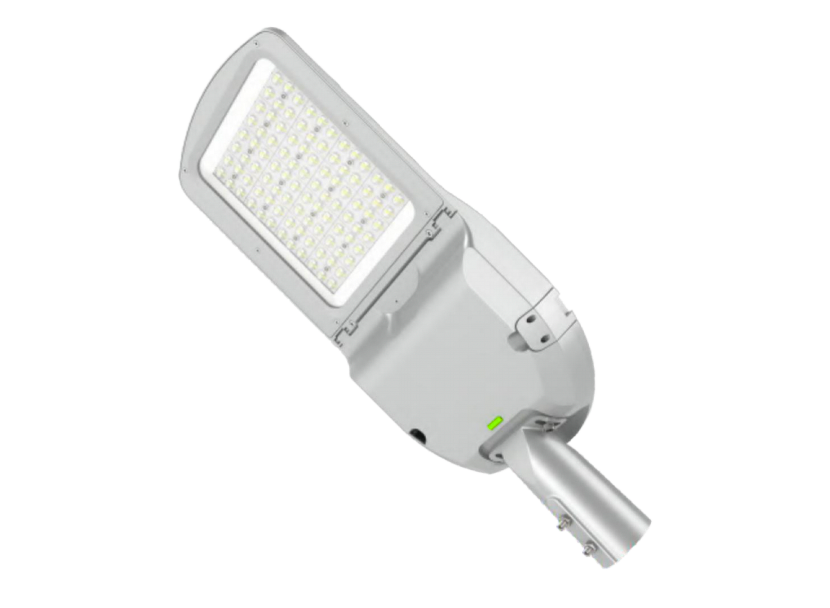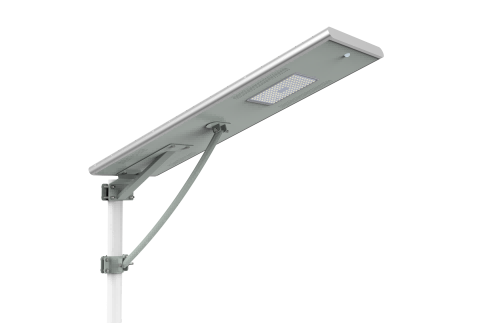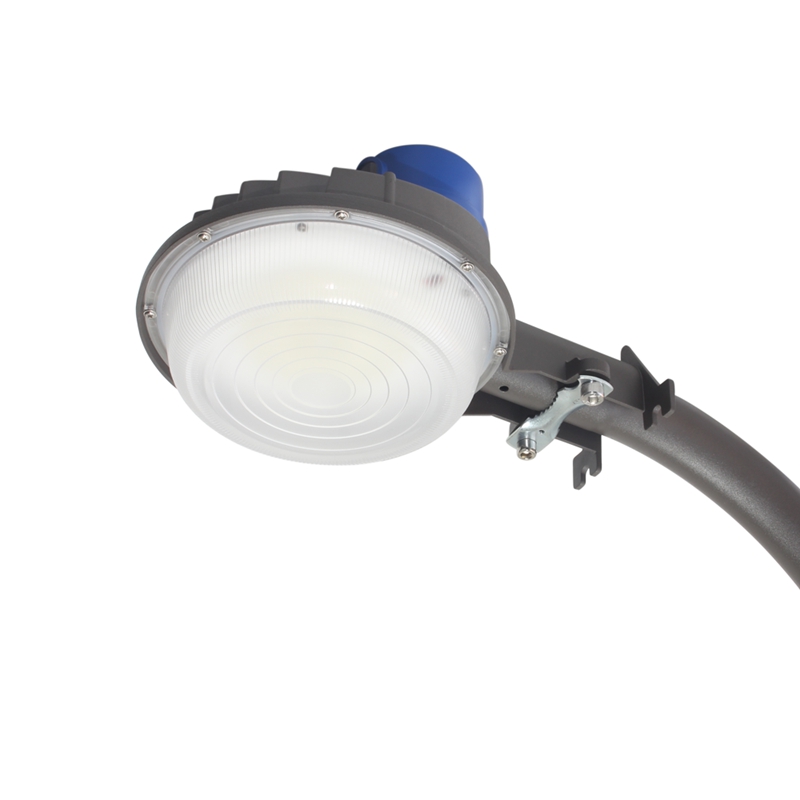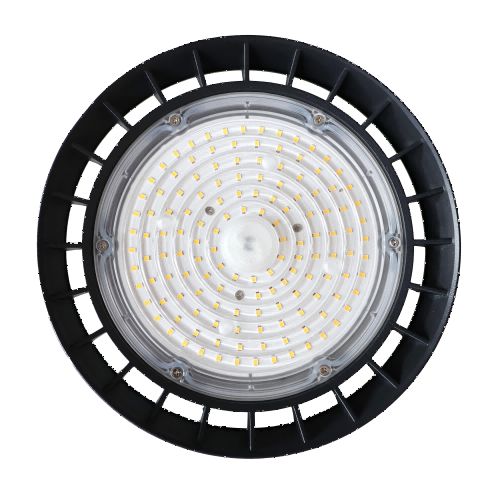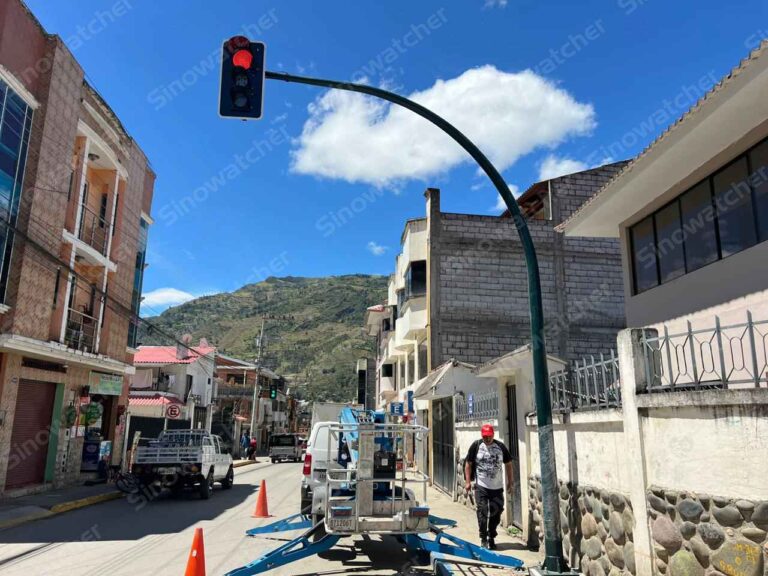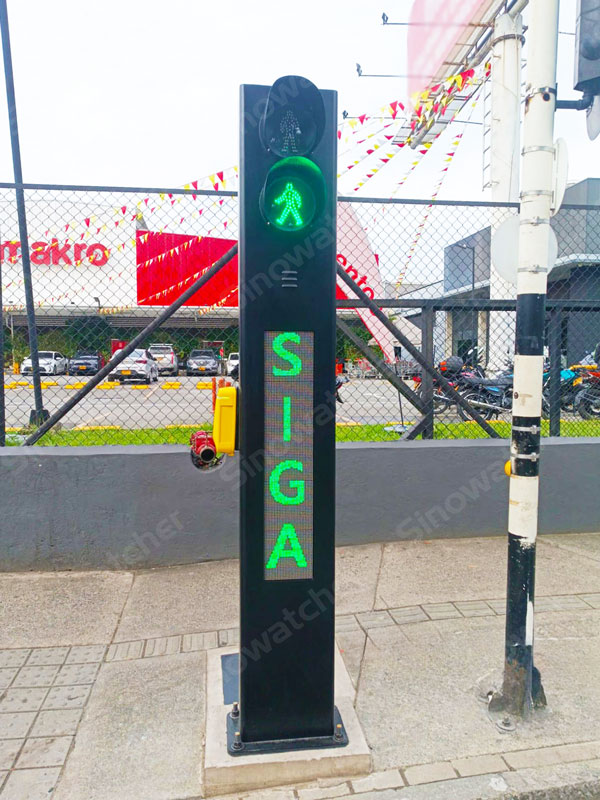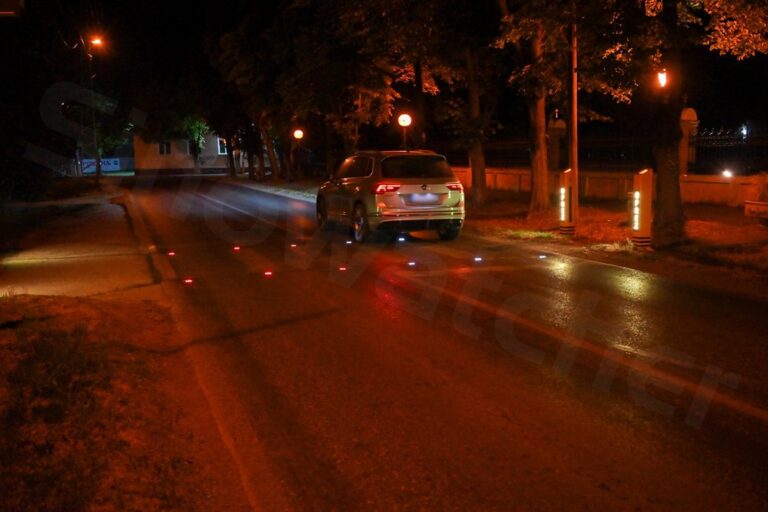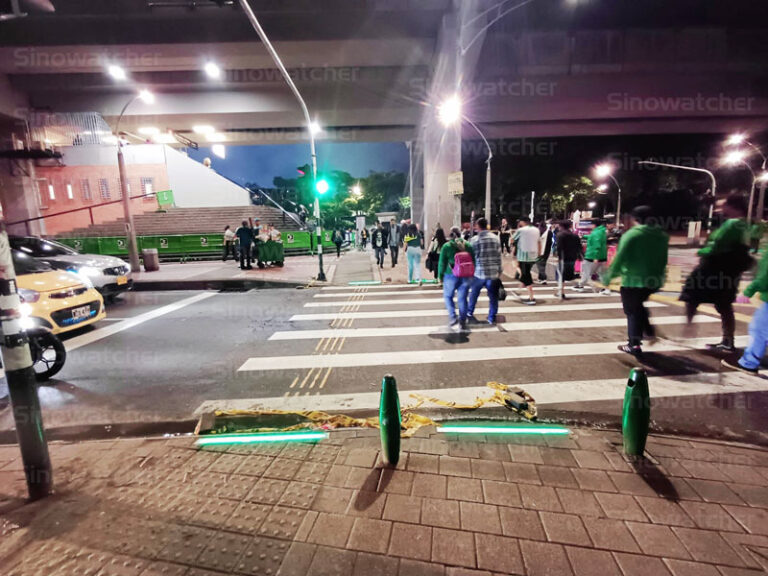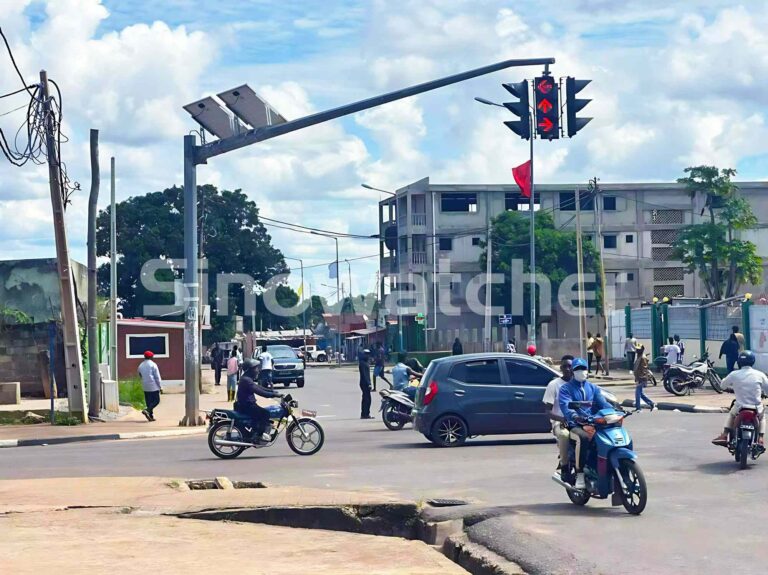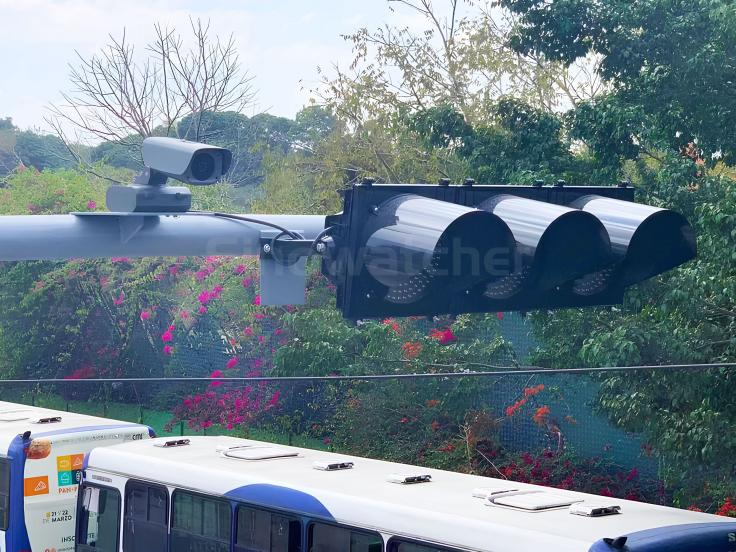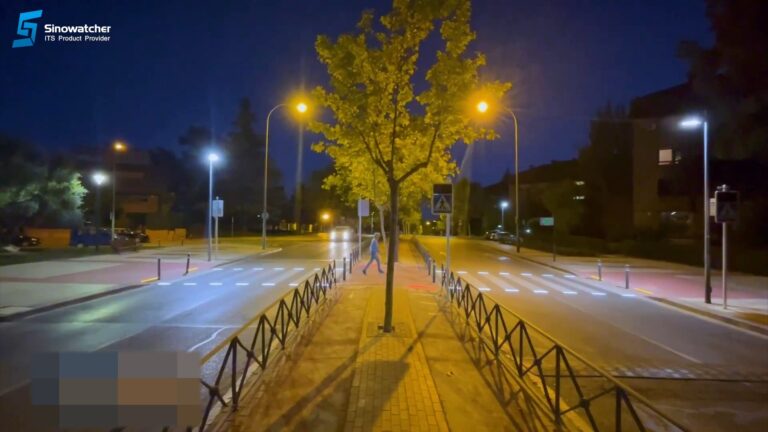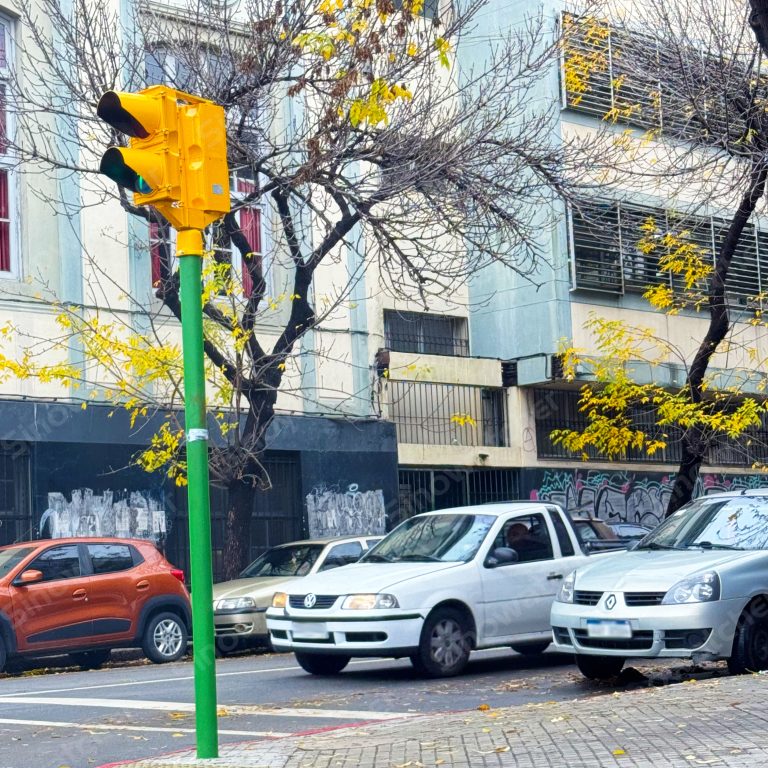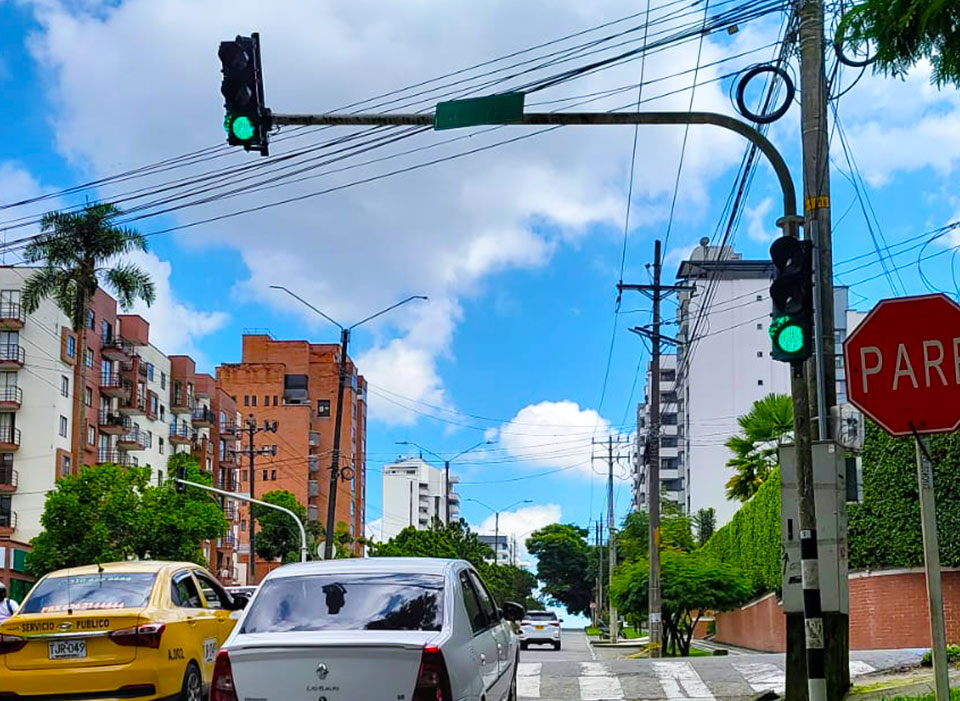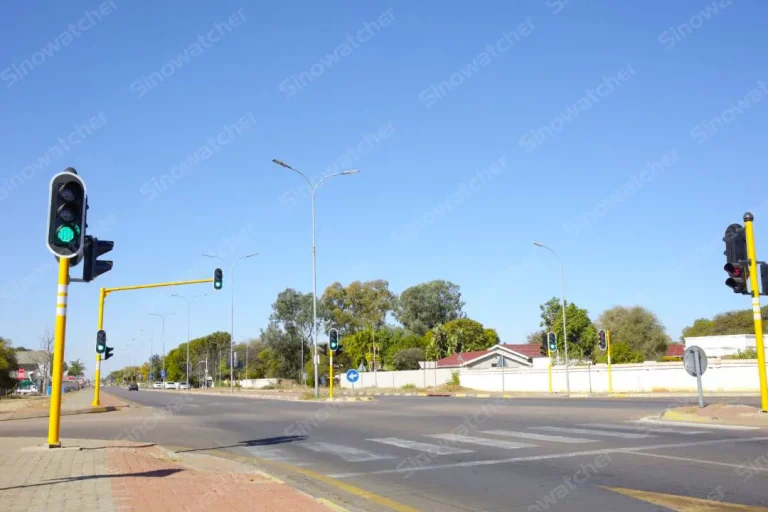Sinowatcher’s Role in Creating Accessible Urban Environments for Impaired Pedestrians

Acoustic pedestrian speaker signals (APSS) are an integral part of modern urban infrastructure, significantly enhancing the safety and independence of visually impaired individuals. Sinowatcher, a leader in this field, has been instrumental in developing advanced technologies that prioritize inclusivity. This article explores the purpose and implementation of APSS, the regulatory frameworks in different countries, the challenges associated with these systems, and Sinowatcher’s innovative solutions.
What Are Acoustic Pedestrian Speaker Signals and Their Purpose?
Acoustic pedestrian speaker signals are specialized devices designed to assist visually impaired pedestrians by providing non-visual cues about when it is safe to cross the street. These signals often emit sounds, such as beeping, voice messages, or melodies, and may include tactile elements like vibrating surfaces. The primary goal of APSS is to enhance the safety and autonomy of visually impaired individuals by delivering clear and accessible information. This technology ensures that all pedestrians, regardless of their visual capabilities, can confidently navigate urban environments.
APSS are typically installed at busy intersections, where they serve as a crucial aid for those who cannot rely on visual cues alone. By offering an additional layer of information, APSS help prevent accidents and promote inclusive mobility within cities.
Countries Using Acoustic Pedestrian Speaker Signals and Their Regulations
United States
In the United States, the implementation of APSS is guided by the Americans with Disabilities Act (ADA) and the Manual on Uniform Traffic Control Devices (MUTCD). These regulations provide detailed guidelines on the characteristics and installation of APSS, ensuring that they are accessible and effective. The ADA mandates the provision of APSS at intersections with high pedestrian traffic, while the MUTCD specifies the technical standards for these devices.
Europe
European countries generally follow the European Union’s accessibility guidelines, which emphasize universal design. The United Kingdom, for example, has adopted the Disability Discrimination Act (DDA), which outlines specific requirements for APSS. These regulations ensure that APSS are consistently deployed across the country, providing reliable and standardized information to visually impaired pedestrians.
Japan
Japan has been at the forefront of APSS innovation, introducing systems that use distinctive bird-call sounds to indicate crossing directions. This approach, which includes different sounds for different crossing directions, has been widely adopted and integrated into the country’s urban infrastructure, making it easier for visually impaired individuals to navigate cities.
Australia
Australia’s standards for APSS focus on providing clear auditory and tactile cues, often using push-button activations. The country has also implemented automatic volume control to manage noise pollution, ensuring that the signals are effective without being intrusive. These systems are designed to accommodate a range of environmental conditions and user needs.
Limitations and Cost Issues of Acoustic Pedestrian Speaker Signals
While APSS offer significant benefits, they also present several challenges:
Cost
The installation and maintenance of APSS can be costly. Initial expenses include the purchase and setup of equipment, while ongoing costs cover regular maintenance and updates to meet evolving standards. Retrofitting existing intersections with APSS technology can also be expensive, making it a considerable investment for municipalities.
Noise Pollution
In densely populated urban areas, the continuous operation of APSS can lead to noise pollution, which can be particularly disruptive during nighttime hours. This issue has prompted the development of systems that allow for manual activation or automatic adjustment of volume based on ambient noise levels, thereby minimizing disturbances.
Technical Limitations
APSS systems can sometimes experience technical issues, such as faulty speakers or inadequate volume control, which may compromise their effectiveness. Additionally, high ambient noise levels can drown out the auditory signals, making them difficult to hear. Ensuring that these systems are always functional and effective requires consistent maintenance and technological upgrades.
Regional Variations
Cultural and regulatory differences across countries and regions can complicate the implementation of APSS. While some countries have well-established standards, others are still developing their regulatory frameworks. This lack of uniformity can lead to inconsistent quality and availability of APSS, affecting their overall efficacy.
Sinowatcher’s Innovative Acoustic Repeater
To address these challenges, Sinowatcher has developed a cutting-edge acoustic repeater, featuring several advanced technologies:
Customizable Sound Assistance
The new device offers customizable audio messages, allowing for adjustments to suit different languages and specific needs. This feature ensures that the signals are clear and easily understood by all users, enhancing the overall effectiveness of the system.
Vandal-Resistant Metal Casing
The repeater is encased in a robust metal housing, designed to withstand vandalism and harsh environmental conditions. This durability ensures long-term reliability and reduces the need for frequent repairs or replacements.
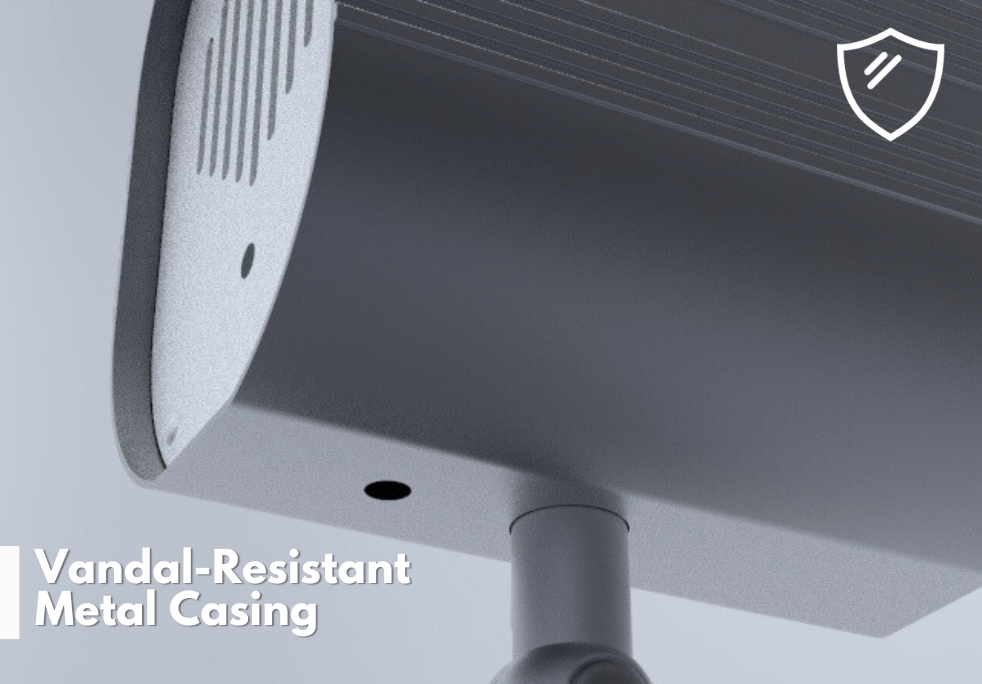
Automatic Volume Regulation
One of the standout features of Sinowatcher’s acoustic repeater is its automatic volume regulation. The system adjusts the volume of the auditory signals based on the surrounding noise levels, ensuring that they are audible without contributing to noise pollution. This feature is particularly useful in dynamic urban environments where noise levels can fluctuate significantly.

Volume Scheduling
To mitigate noise disturbances in residential areas, especially at night, the repeater includes programmable volume settings. This function allows for reduced volume during specific hours, balancing the need for accessibility with the comfort of local residents.
In conclusion, Sinowatcher plays a crucial role in creating accessible urban environments for impaired pedestrians through its advanced acoustic pedestrian speaker signals. While challenges such as cost and technical limitations persist, innovations like Sinowatcher’s acoustic repeater offer promising solutions. By providing reliable, adaptable, and user-friendly systems, these advancements are helping to create more inclusive and accessible cities for everyone.

